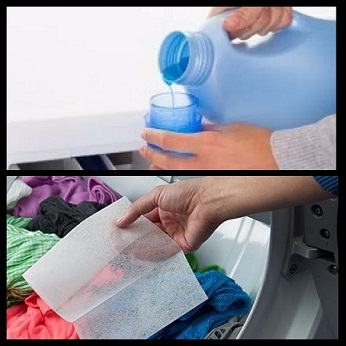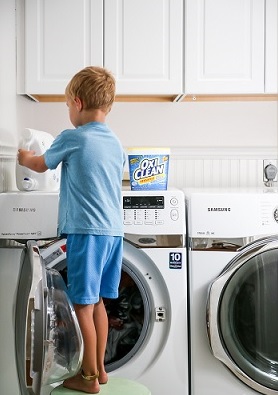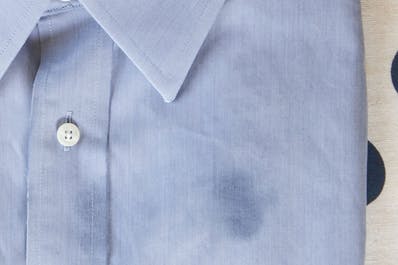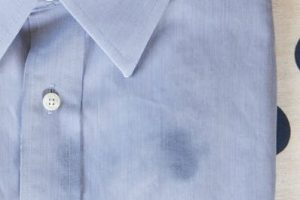
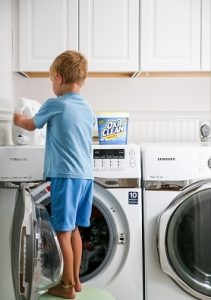
We believe it’s important to teach your kids how to help with their laundry. It makes life a little easier on Mom, Dad, Grandma, other family members, and makes your kid’s responsible for their belongings. Here are some simple steps to get you started.
GIVE YOUR KIDS THEIR OWN LAUNDRY BASKET
You can find kid sized laundry baskets at Target, or Wal-Mart that are just the perfect size for one load of laundry.
The same basket can be used to carry laundry to the washing machine, carrying the clean laundry from the dryer to wherever it’s folded, and if needed, carrying the folded laundry to the dresser to be put away. Plastic baskets are easy to wipe out regularly and keep clean. When your kids get bigger and have bigger clothes, just upgrade them to a bigger basket.
The most important tip is reinforcing the habit of putting dirty clothes IN the basket, and then washing clothes when the basket gets full instead of continuing to heap clothes on top!
HAVE SET LAUNDRY DAYS
Depending on the number of kids you have, set one laundry day, give each kid their own day, or assign multiple kids per day. Reinforce the laundry day habit by marking it on the calendar, adding it to your chore chart or maybe even an app on your phone! One week’s worth of laundry isn’t more than they can manage in one day, so it won’t be overwhelming to them.
TEACH YOUR KIDS TO DO THEIR OWN LAUNDRY
Teaching the kids to do their own laundry is probably the scariest part – but also the most liberating!
ADJUST FOR AGE
Grow your kids into these healthy laundry habits, start when they are young and eager to help and add responsibility as they grow.
Children from 2-5 can learn to put clothes in the hamper when they take them off, help load things into the washing machine, help switch over to the dryer (hand them to the child to put into the dryer), and can help put folded items in drawers.
Children from 5-7 can “fold” and put away their own clothes and load the washer and dryer with supervision at first and then increasing independence.
Children ages 8 and up can pretty much do their own laundry from start to finish. They can also assist younger siblings with the washer and dryer settings!
When my kids were little I realized that since we wash our clothes with cold water anyway, their clothes were small, and most of their wardrobe was the same color — all of their laundry could be washed together! If you want to bleach their socks or teach them to sort into lights and darks, you can do that, too, but I skipped it. Focus on checking pockets, setting aside items with stains or brand new items that haven’t been washed yet, the settings for the machines and soap, and checking the lint trap. Observe at first and give them more freedom and independence as they get the hang of it.
TEACH YOUR KIDS TO FOLD (OR NOT)
Depending on their age, I believe the bigger goal is to have them get their clothes IN the dresser, get the drawers closed, and be able to find something to wear. I’ve learned that most kids aren’t concerned about folding but as they grow, they begin to fold their clothes on their own – especially when they see everyone else doing it. As kids grow, folding becomes more important if you want everything to fit in the drawers and not be a wrinkled mess. At that point you will have to step in to teach them that folded clothes fit better, and look better. They won’t like the idea of ironing!
“Important tip” here is to choose your battles, and focus on your main goal of teaching them to be responsible for their own laundry. The precision will come with time.
SOLVE YOUR SOCK ISSUES
Here’s another crazy idea – stop matching socks! Why stress yourself out? Solve your sock issues with three simple steps. First, buy all one kind of sock, and second, buy different brands (different colored toes, etc.) for each kid. They will have some other socks of course – maybe some church socks, maybe some Christmas socks but the bulk of their daily socks will be the same. Third step – skip the “folding” and assign a drawer or basket in a drawer for socks. It keeps all the socks together, and it skips the hassle of matching and folding.
All of these habits work together to create an easy laundry system your kids can help with. By having their own basket, they are responsible for their own laundry. By having laundry days and small baskets you are limiting the amount of laundry they have to wash at one time. By foregoing sorting, sock matching and folding, you’re preventing your children from becoming overwhelmed with the details of perfection and focusing instead on being responsible and the joy of independence.

Read More �6 Ways to Cut Down Energy Costs In The Summer�




